Walking out into the Irish sea….this is definitely up there as one of my favourite walks in Dublin.
This particular area consists of 3 very iconic Dublin landmarks. The 2 Chimneys (aka: Poolbeg Stacks, The Twin Stacks), the Great South Wall itself and Poolbeg Lighthouse. These features are a welcome sight for any Irish flying home into Dublin.
While it’s a recognisable scene from the air, it’s not as easy to locate when on the ground!
In order to reach this area you have to travel through a large industrial area that consists of, alongside container, transport and recycling companies, it also consists of the large ESB (Electricity) Power Plant, the Dublin Waste plant and some wicked smells!
It is well worth the search though!
Google search for Pigeon House Road, Shelly Banks Car Park or the Great south wall – any of these will get you into the general area
A time guide – If you park at Shelly Banks car park, the return walk is just under 5km which on average can take an hour to walk
This walk comes under different names such as Poolbeg Lighthouse walk, Great South Wall walk, South Bull Wall and I’m pretty sure there would be plenty other names if I went searching..

According to records the Great Wall itself was eventually built by 1795. Today as you walk the wall you will be walking along large granite rocks which were brought across the water from Dalkey quarry. The wall is uneven and broken up in parts due to regular beatings it takes from the sea during storms…. to me though, this just adds to the tremendous character of this walk.

Speaking of character, this whole area is so full of character and magnificent sights.
As you walk the wall out to sea towards Poolbeg lighthouse you can’t help but notice the heather covered hills of Howth out front to your left. While closer to your left, just beyond the North Wall and the green North Bull lighthouse, you have Dollymount Strand that stretches 5km along the length of North Bull Island. North Bull island itself is accessed by a wooden bridge (built in 1819) and holds more titles than any other location in the country. (National Bird Sanctuary, a biosphere reserve, National Nature Reserve, Special Protection Area under the EU Birds Directive and Special Area of Conservation under the EU Habitats Directive) It too, is truly well worth a visit..
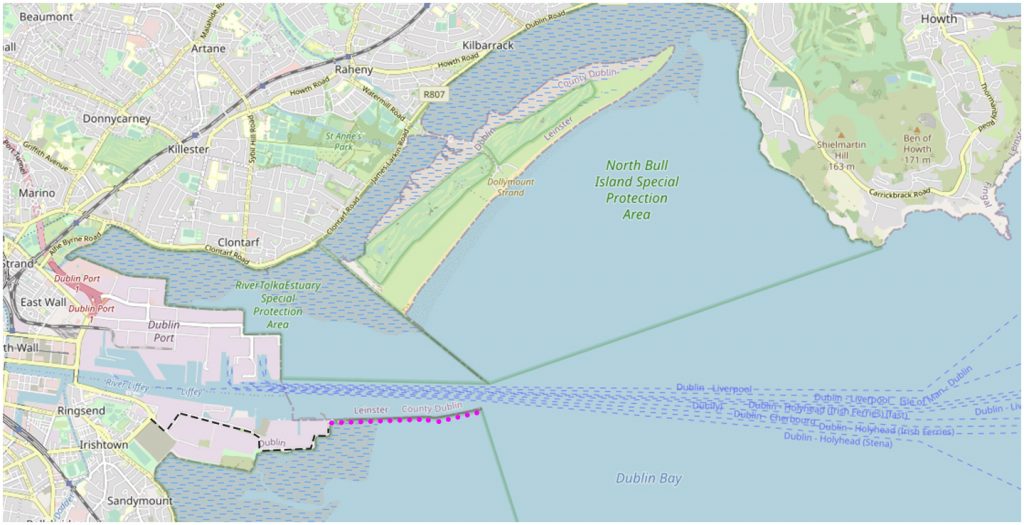
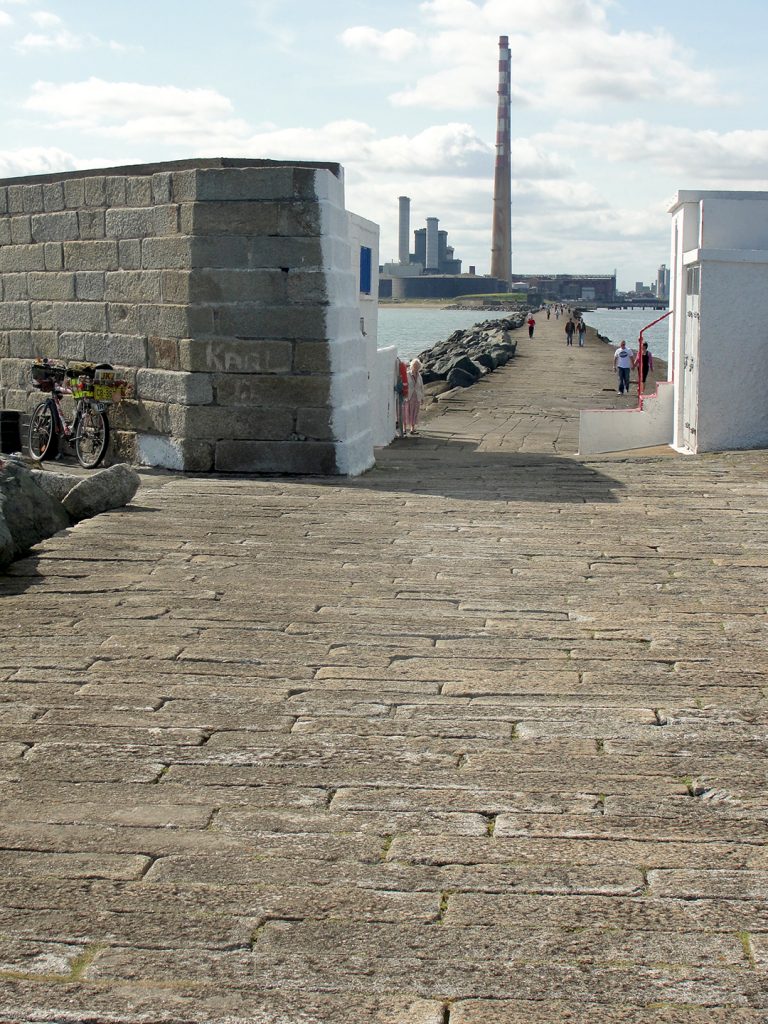
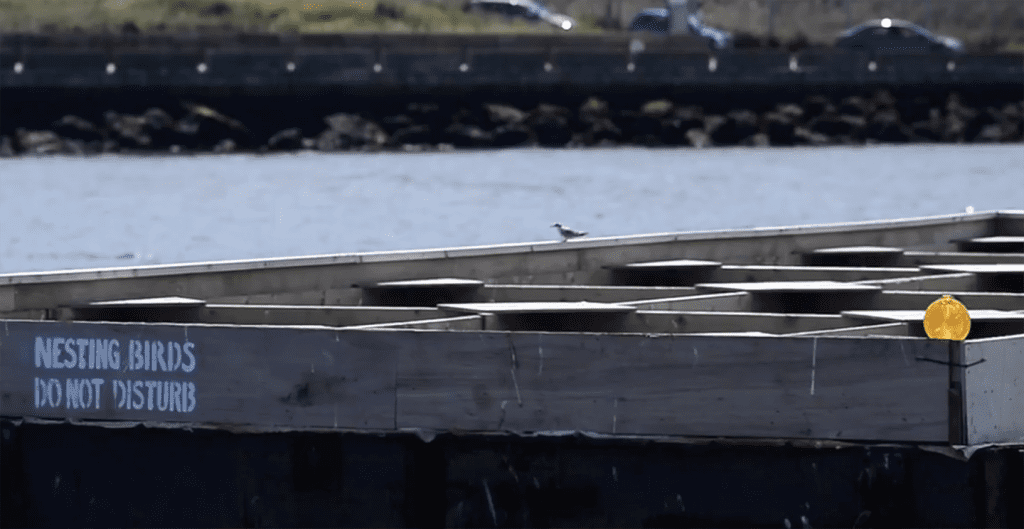
Continuing your walk, while breathing in the fresh sea air, you might notice the birdlife all around you.
One variety of bird seen in this area is the Tern which ranges from the Common and Artic Tern to rarities such as the White-winged Black Tern. Terns have been nesting in Dublin Port for up to fifty years. The Dublin Port company have now provided 4 structures in the area for them to nest in. Keep an eye out for them as you walk.
Further along, about one km you will come to what is now the Half Moon Swimming Club. This was originally a gun battery named the Half Moon Battery due to the shape of the gun turret. During the 19th century and english rule, the gun battery was used as further protection (alongside the Pigeon House Fort which was located nearer the start of the wall) against any incoming attacks to Dublin Port.
A further 800m from the Half Moon swimming club you will reach Poolbeg Lighthouse.
This iconic large red lighthouse was built in 1768, rebuilt and redesigned in 1820, went from candlelight to oil and is now fully automated and managed by the Dublin Port Company unlike most other lighthouses which are managed by Irish Lights. Painted red indicating Portside (left side) to incoming ships while the North wall lighthouse opposite is green indicating Starboard (right side) to incoming ships.
Take time out here to soak in your surrounding sights, looking back into Dublin port and watching for ships entering and leaving the port. Its stepping away from the main land and sitting watching the world go by.. Whatever the weather, it is one special place to visit. Switch off / time out..

The return walk back to land is equally as scenic with views of Dalkey island, the iconic Dun Leary Piers, the Sugar Loaf mountain rolling into the Wicklow and Dublin mountains all on your left.
On doing some further research as to why the wall was built it brought me in touch with interesting information..
The Great South wall was built to stop major silting issues in Dublin Port. The port was not very accessible for incoming ships due to strong weather conditions and constant silting and sand banks resulting in lack of depth for ships to sail. In 1717 they first attempted a wooden wall consisting of large wooden posts and heavy bags of boulders which over time proved ineffective against storms. They proceeded then, in 1761 to build a stone wall starting from the Poolbeg lighthouse and work back to land using large granite boulders brought across the water from Dalkey quarry.
Alongside the South wall they then built the North Wall which in turn reaches out to the green North Wall lighthouse opposite Poolbeg lighthouse. The two walls worked a treat together. They now protect entering ships from strong winds and high waves. More importantly no sand has blocked the channel entry to Dublin Port since.
After the walls were built, the sand that normally entered and blocked Dublin Port was now being pushed north of the port. It created what is now known as North Bull Island (mentioned above)
During the building of the Great South Wall, a storehouse was built to store materials. The caretaker who lived in this storehouse, John Pigeon later converted it into a tavern and then a hotel The Pigeon House Hotel. The Hotel provided food and bed to travellers and sailors coming in from long sea voyages. It also became a very popular restaurant to Dubliners.
Soon after, just at the end of the 18th century the english army requisitioned this whole area “The Pigeon House Precinct” and used it as a military fort with drawbridge entry. It became known as The Pigeon House Fort. Further defended by the Half Moon 5 gun Battery located along the wall towards Poolbeg Lighthouse. During this time the Pigeon House Hotel became the officers quarters. Alongside the quarters was an armory, a hospital, a prison, a magazine & store house. The fort remained under military control until the end of the 19th century when the land and buildings were then bought by the Dublin Corporation. The remains of the Pigeon House fort are a protected structure.

The tall chimneys (aka Poolbeg Stacks, The Twin Stacks, Laurel and Hardy) were built in 1971. They were designed to minimise atmospheric pollution coming from the ESB Power Plant. They became and still are to-date a famous landmark on the capital’s skyline and have featured in many films, TV adverts and even in one of U2’s music video’s (In the name of love). Decommissioned in 2010, the Irish people nearly lost their reason when the ESB announced they were thinking of knocking these two “ugly obsolete relics”. Much to the peoples relief, the Dublin icons are now, since 2014 listed as protected structure’s.


All photos and images are property of Linda Jordan © (except for black white image of Pigeon house fort, Image of storm hitting Poolbeg lighthouse and Nesting birds image)



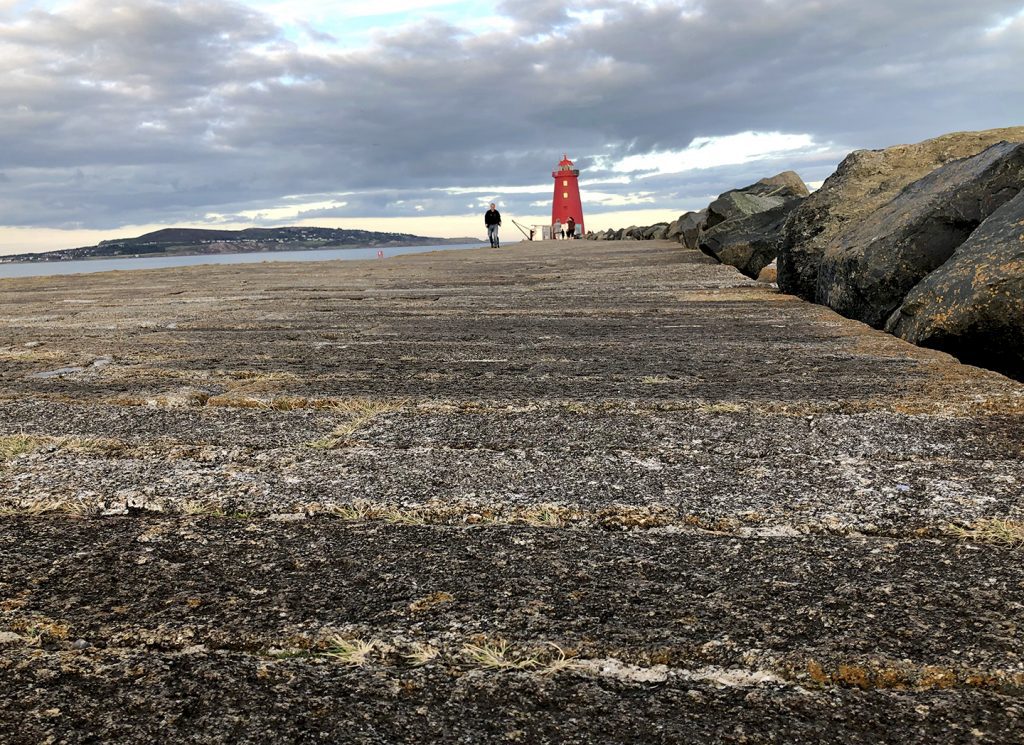


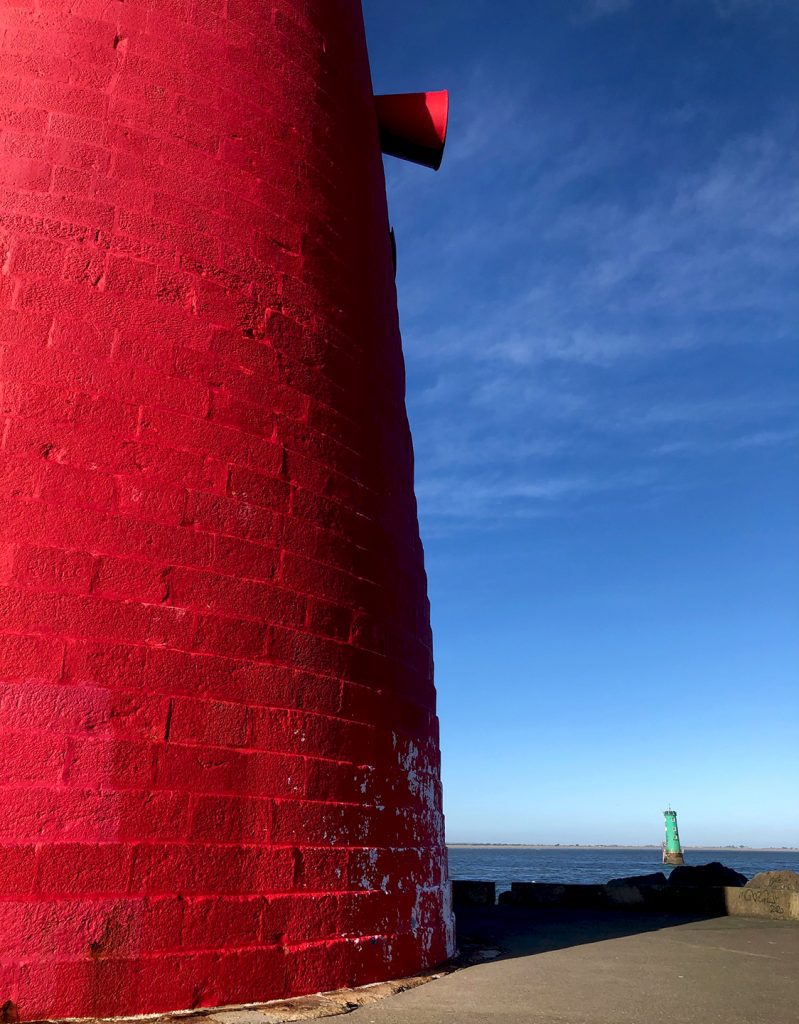
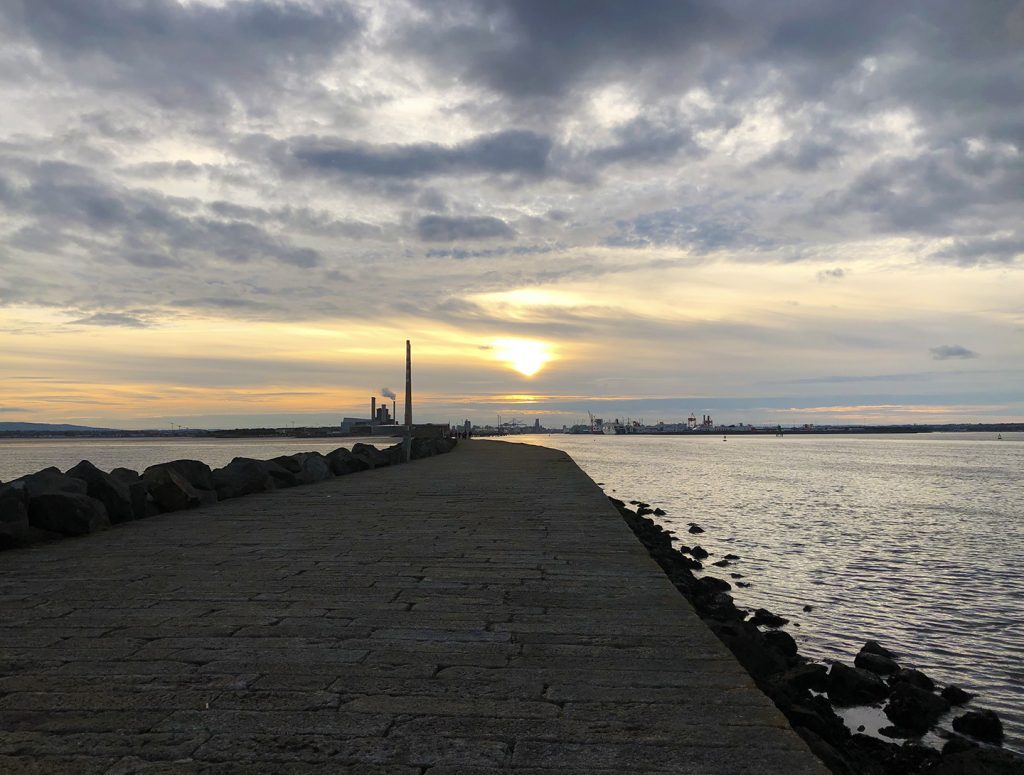
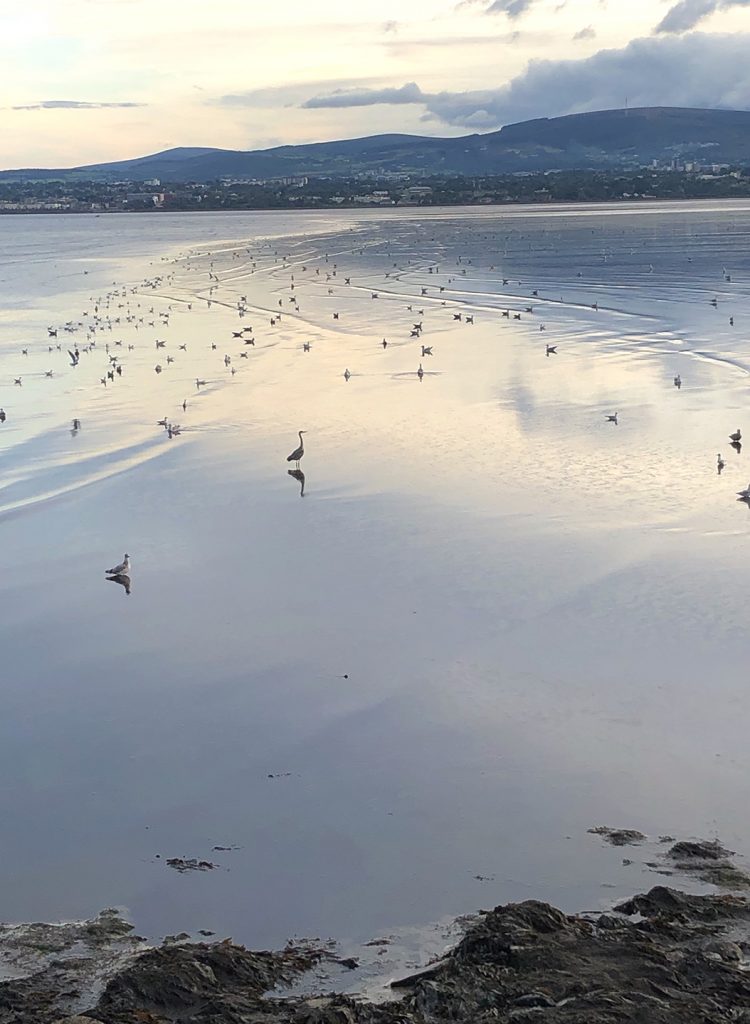




Lovely and informative description of a part of Dublin that more people should visit. Go and walk it !!!